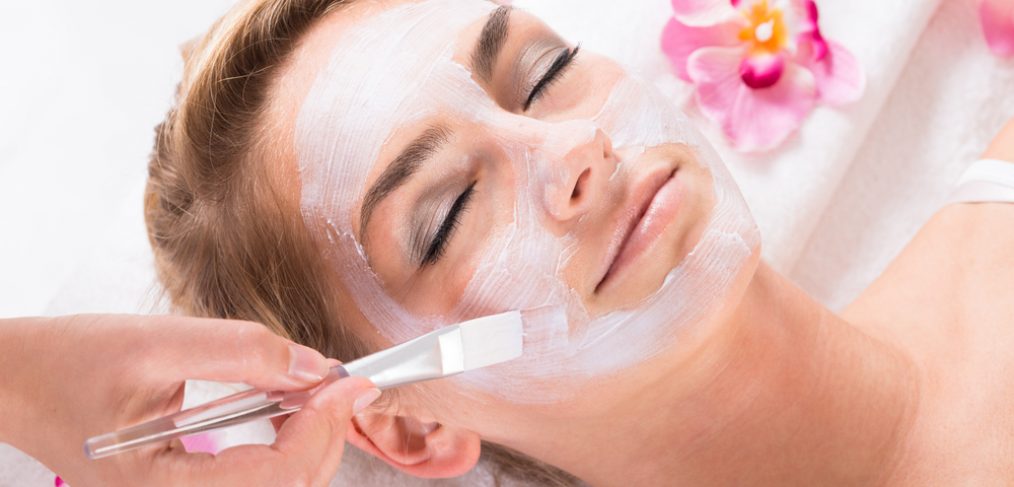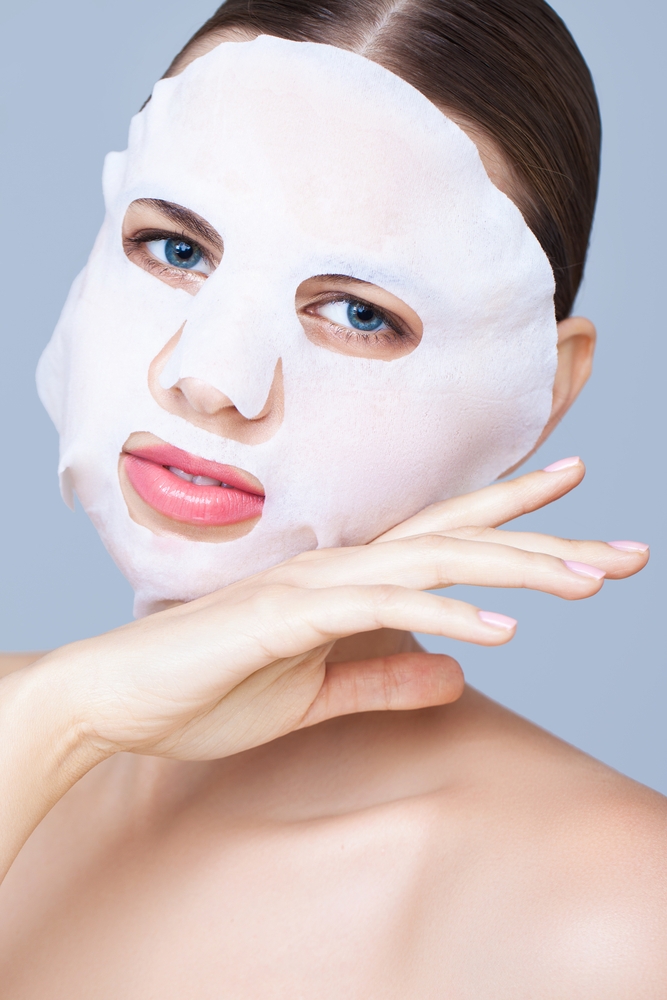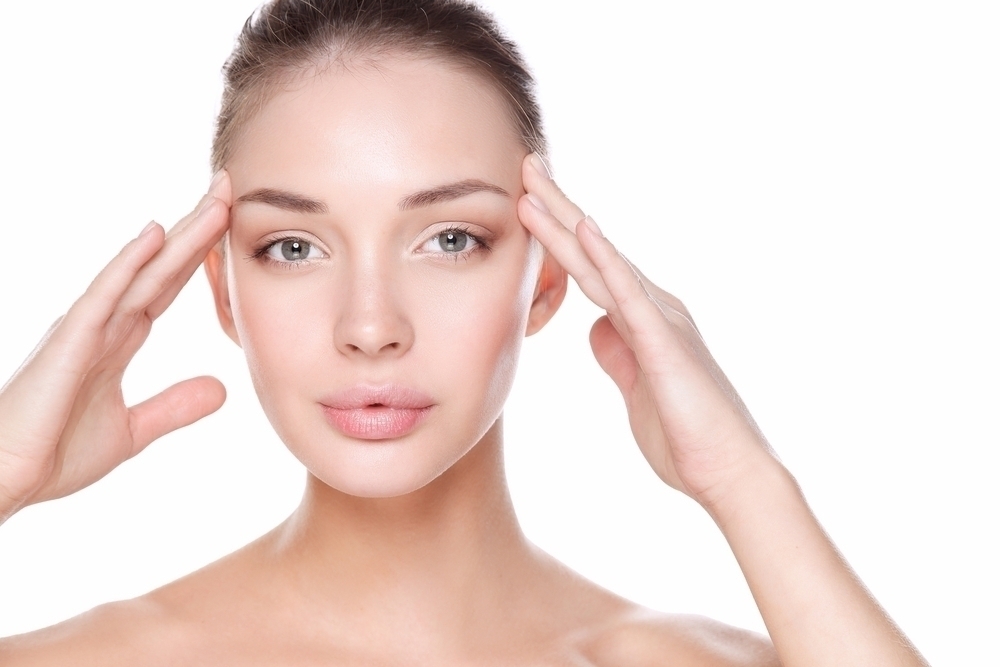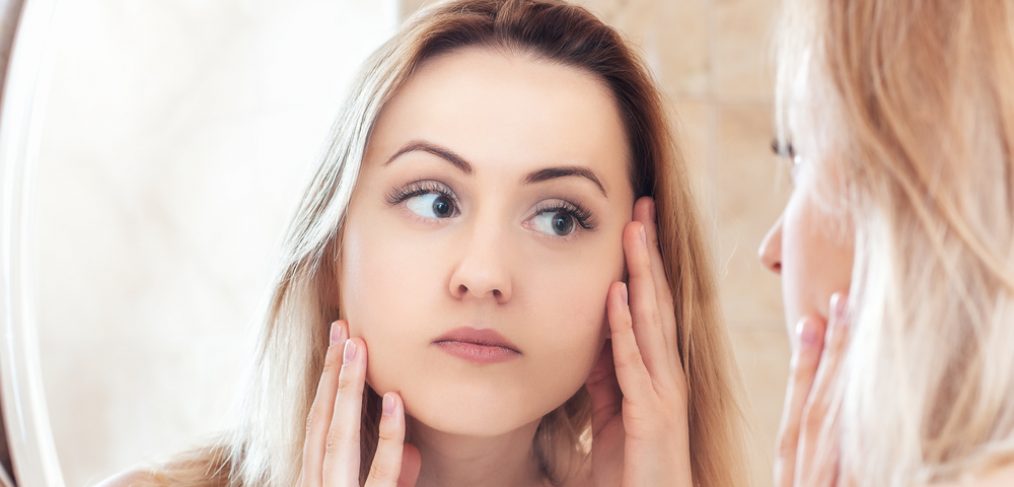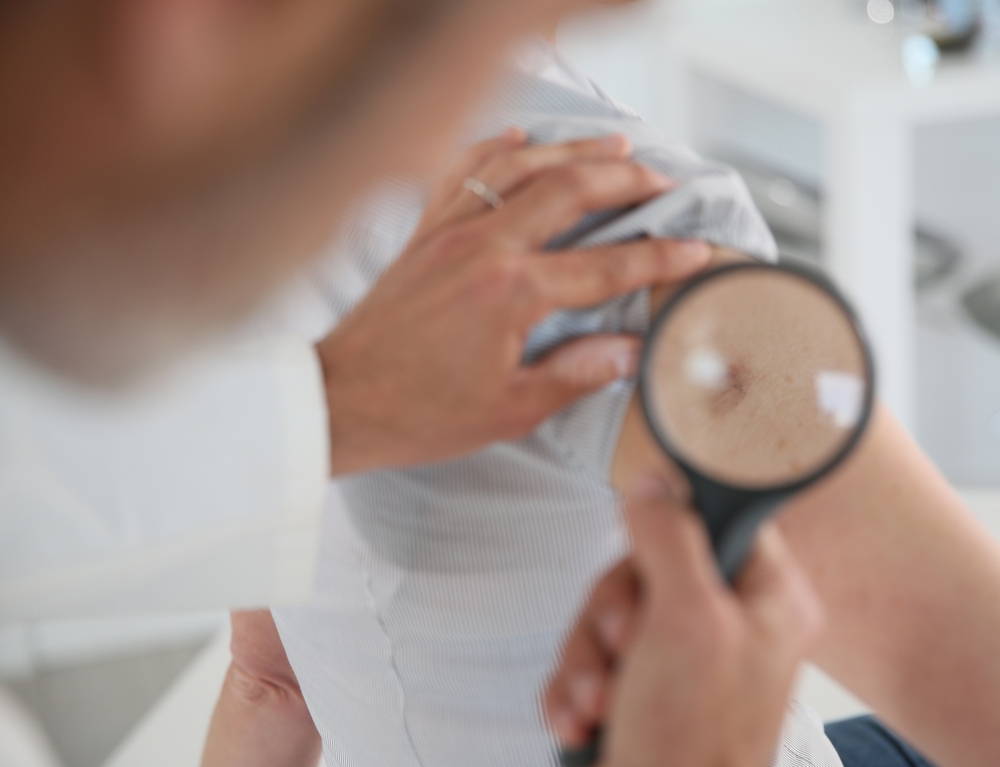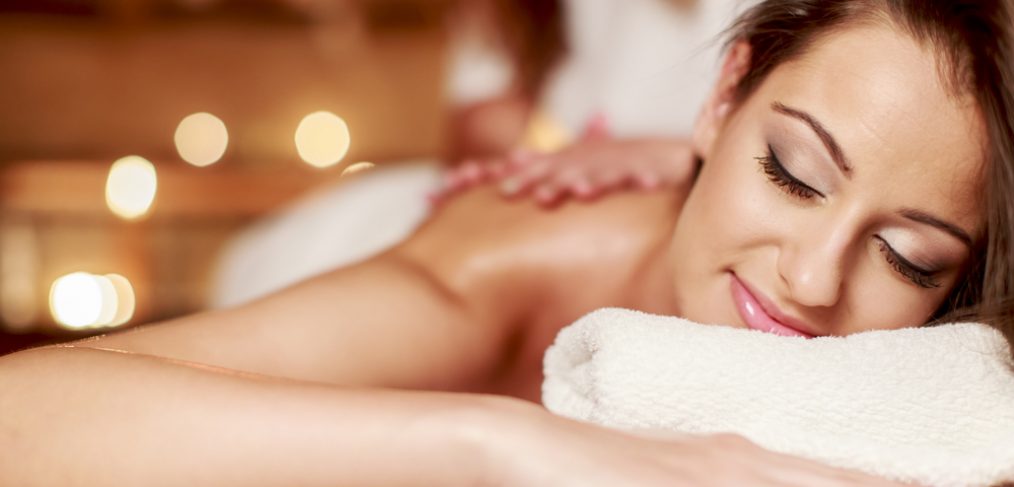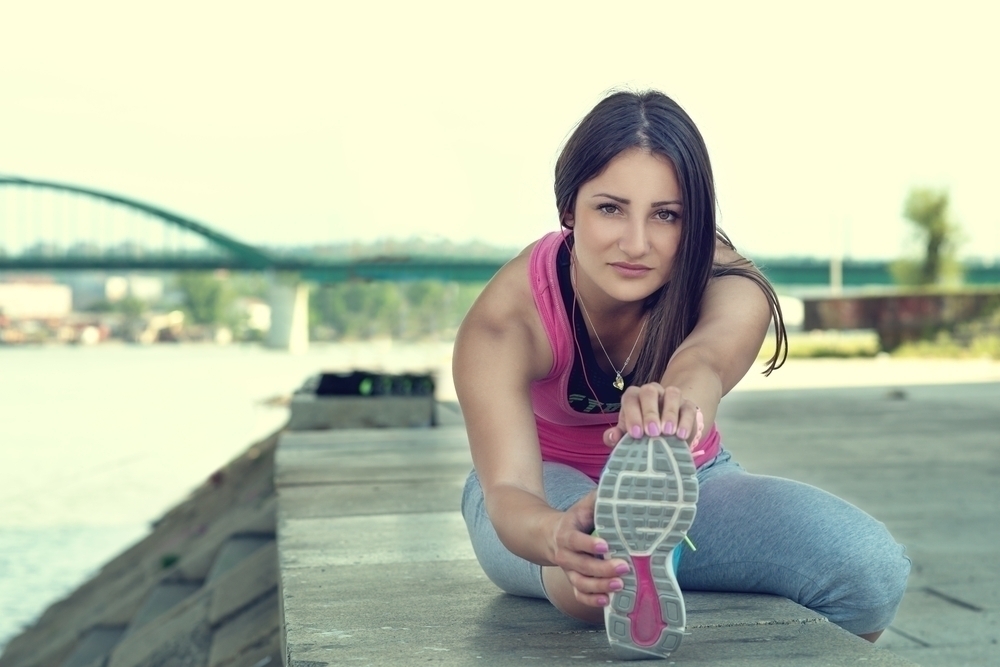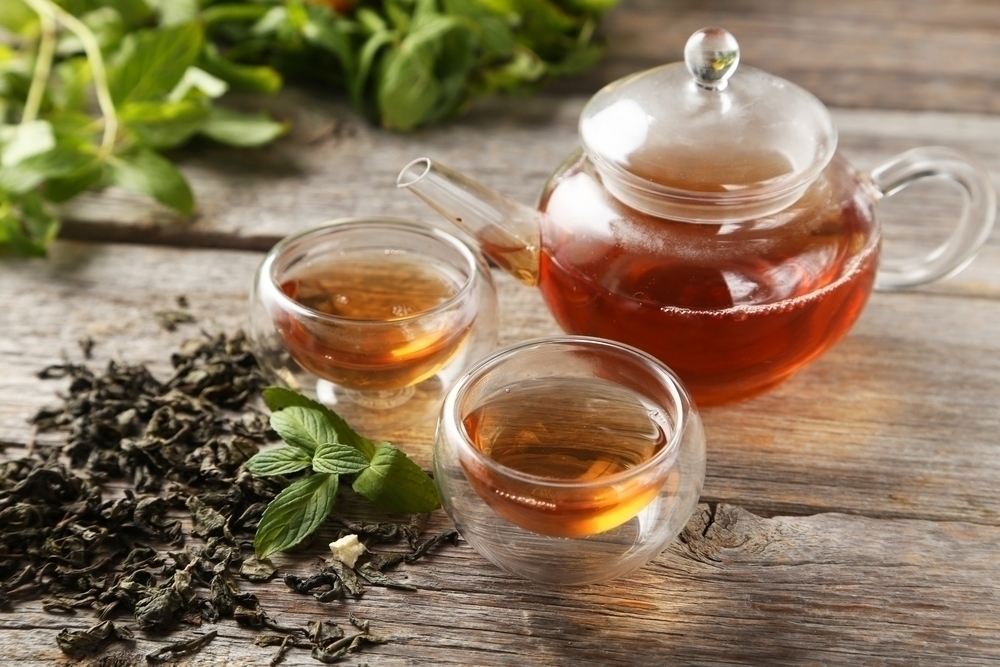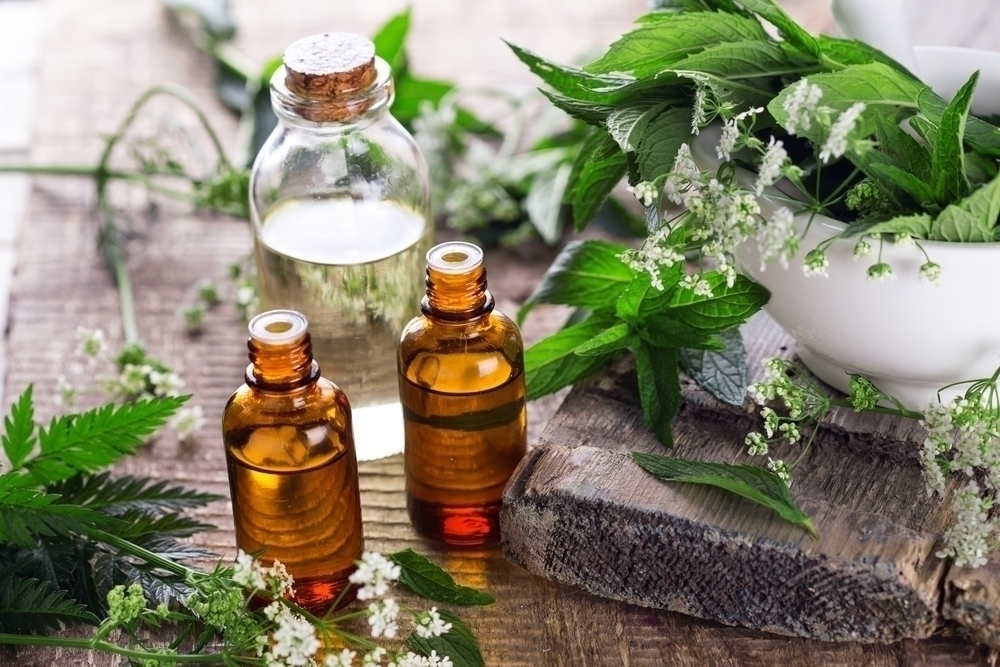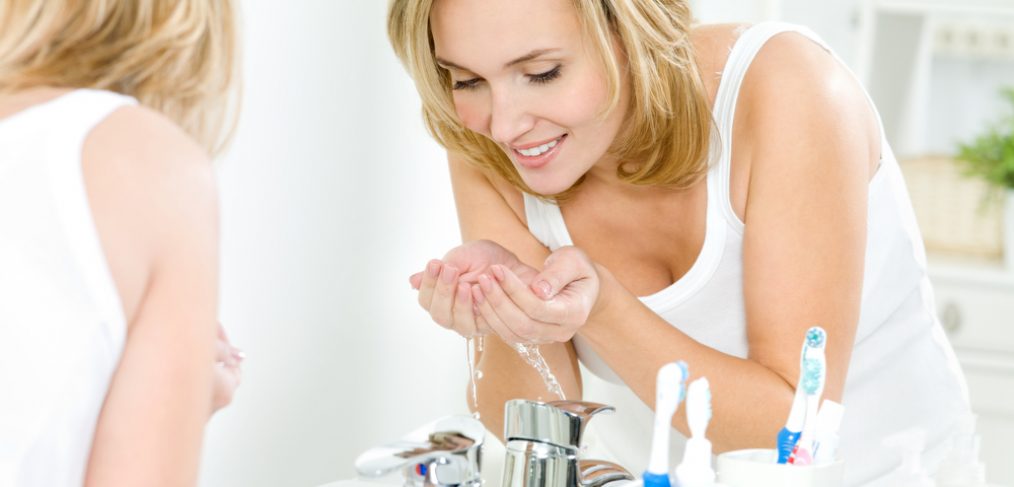Every skin type can benefit from a facial mask. The problem isn’t enjoying them; it’s finding the perfect type for each skin type and skin problem. There seems to be an endless list of combinations to try and narrowing down the choices can be frustrating at times.
Face masks can accomplish a plethora of skin-boosting benefits. They can soothe dry skin, eliminate and prevent blemishes, prevent oily spots and help skin glow. Here are some of the best types of facial masks to improve skin.
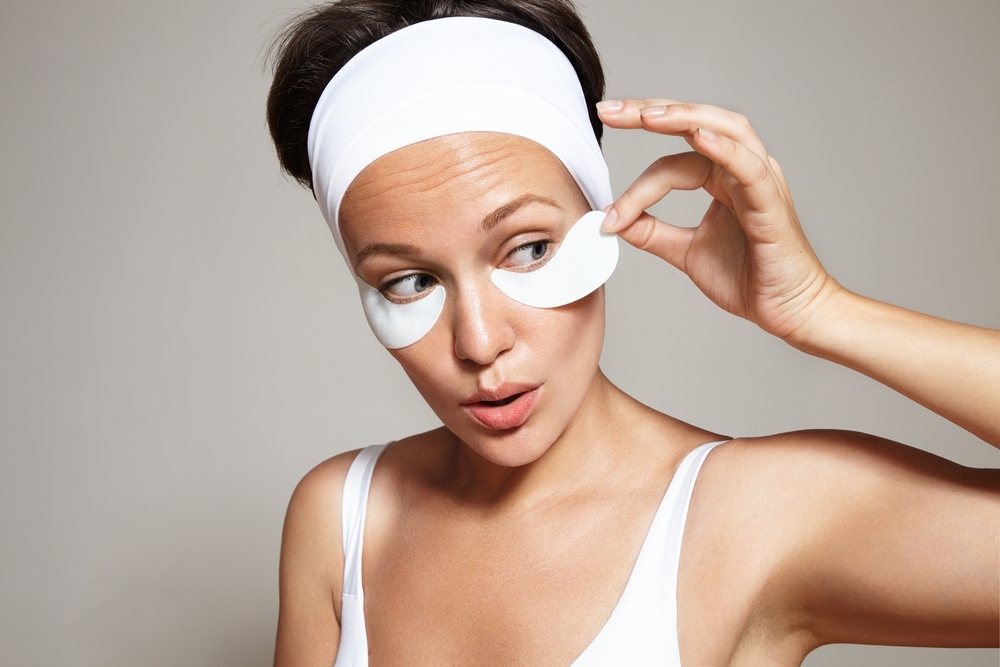
Eye Masks
If a specific area of the face needs to be treated, a full facial mask might not be necessary. Eye masks are a great way to get fast, great results for puffy eyes and wrinkled, sagging skin. They can be applied during the morning while eating breakfast or completing a few tasks around the home. Results last all day, if not longer, and with plenty of over the counter treatments available, there’s no need for measuring or mixing.
Coffee Masks
Just like it helps to perk up your brain, a facial mask with coffee as the main ingredient can perk up facial skin. It can help with under eye puffiness and really brighten up the complexion, all in a matter of minutes. The smell is also heavenly and surprisingly relaxing.
Charcoal Masks
For those who have never tried a charcoal mask, the benefits can be incredibly impressive. Activated charcoal can help to draw out impurities from pores and prevent blemishes from ever forming in the first place, while eliminating any existing imperfections. For anyone suffering from acne, a charcoal mask is highly recommended as both a treatment and preventative measure.
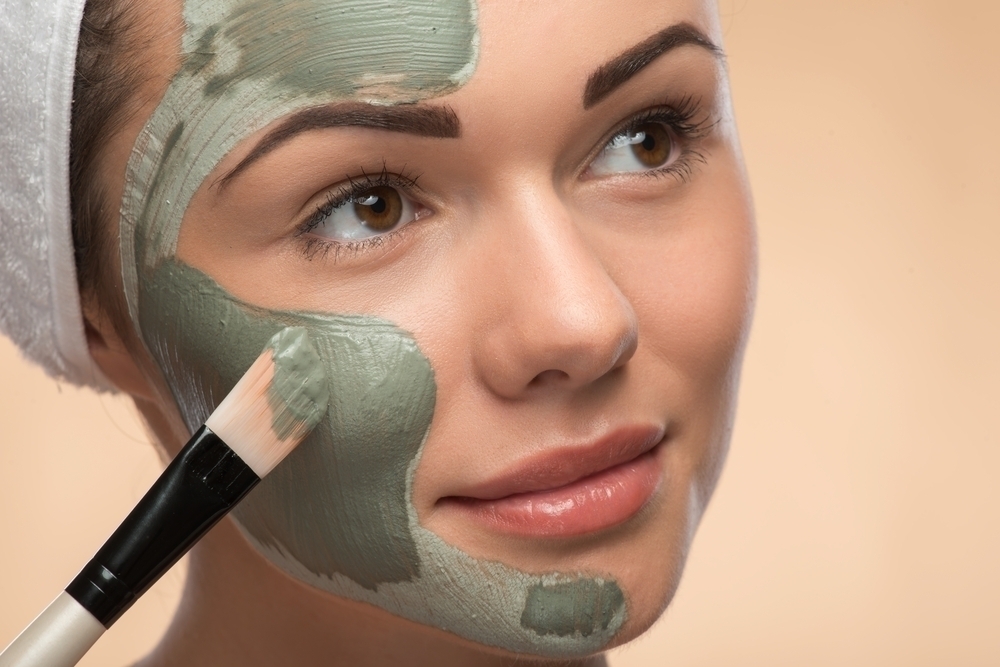
Clay Masks
Probably the most popular type of facial mask, clay masks work for pretty much every skin type. They’re versatile yet effective. Despite clay masks being the most popular, most people use them incorrectly. It’s important to understand that the mask is doing the most for your skin when it is still damp. If the mask is allowed to completely dry, it can actually have a negative effect by causing irritation and dehydration.
Homemade Masks
Making homemade masks out of ingredients found in the refrigerator seems to be all the rage lately. Mother Nature has provided plenty of fresh ingredients that can transform skin. There’s really no limit to what can be mixed together. Try berries, avocado, yogurt, honey, oats and more. Just be sure to mix the ingredients right before using them and avoid storing leftovers for too long.
Facial masks are a great way to improve skin tone, eliminate blemishes and add a refreshing and energizing glow. Use facial masks for special occasions, as part of a weekly skin care regimen or on an as needed basis for skin issues.
Whether homemade or store-bought, facial masks should always be used according to specific instructions to avoid negative side effects. Never be afraid to try a new facial mask. There’s always a new combination of beneficial ingredients to experiment with.



